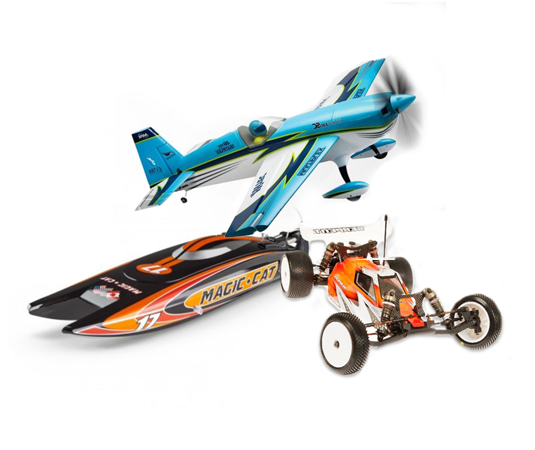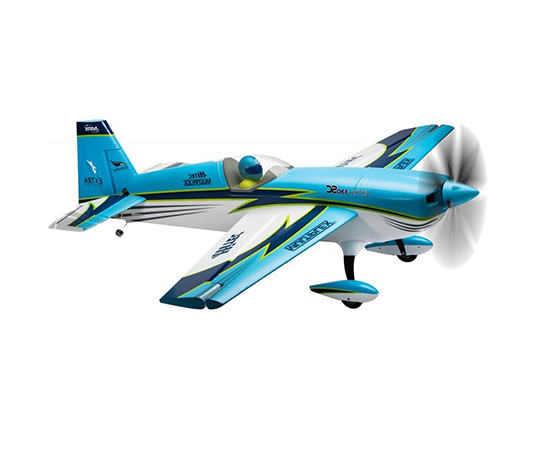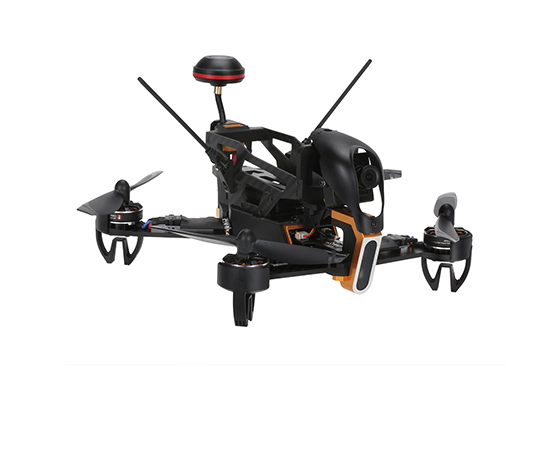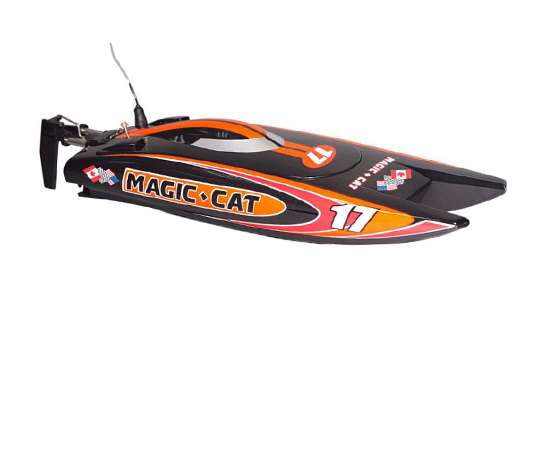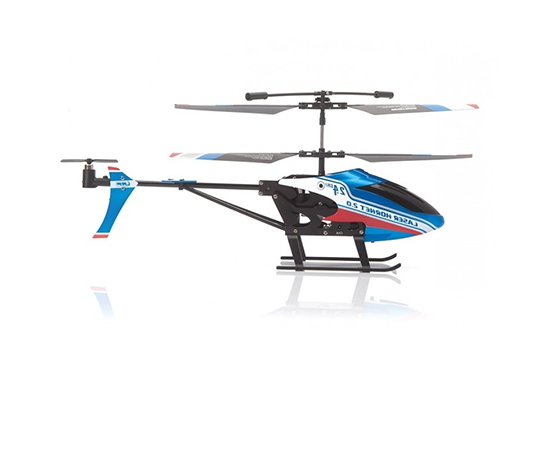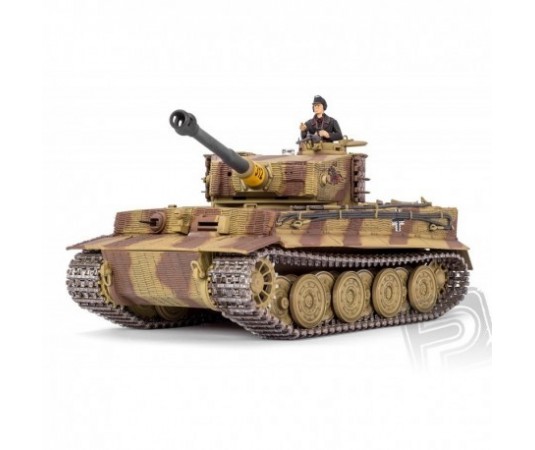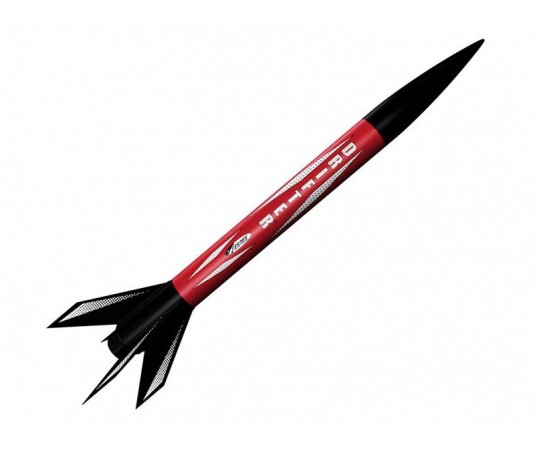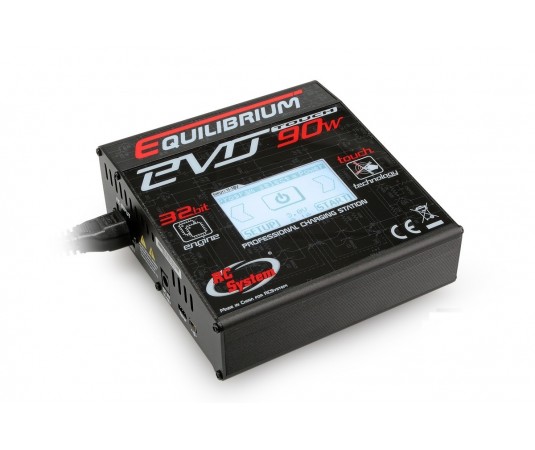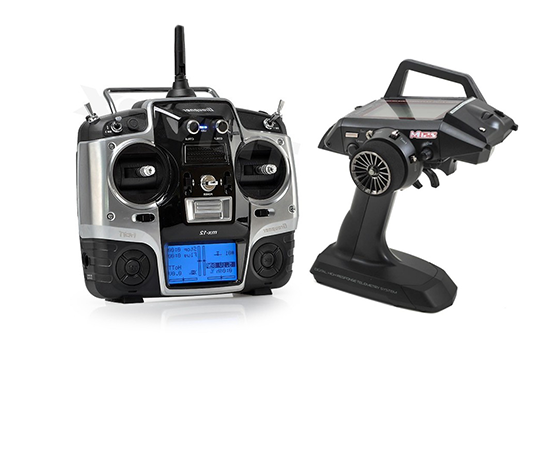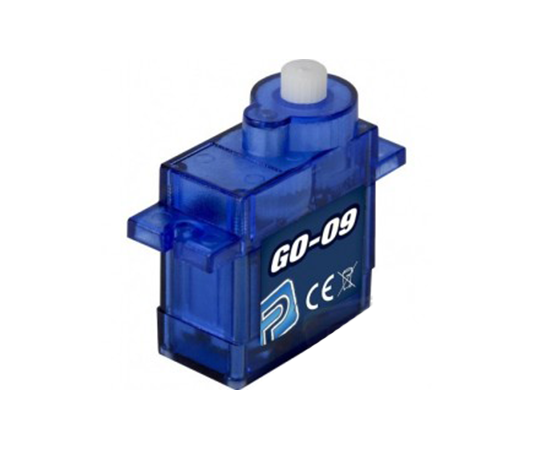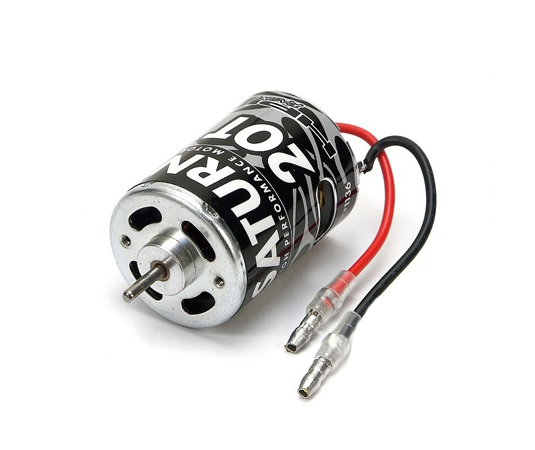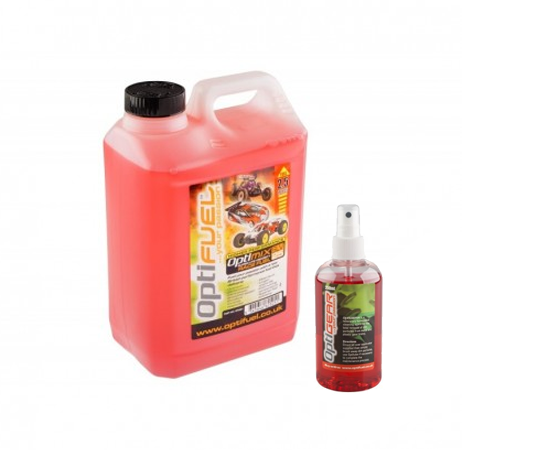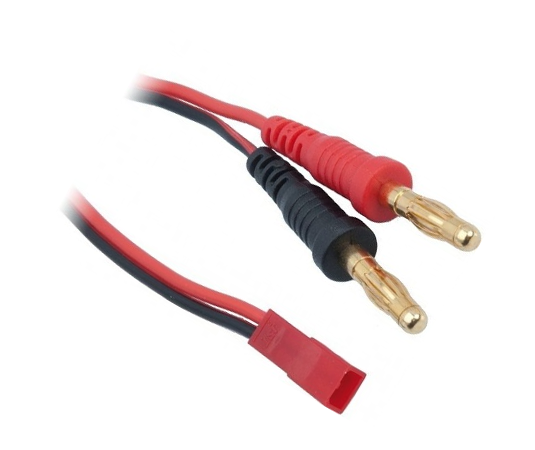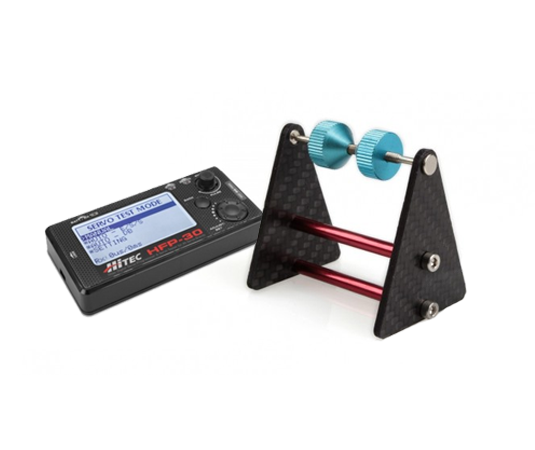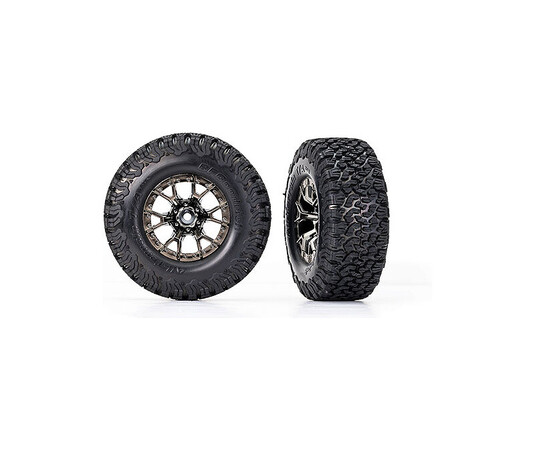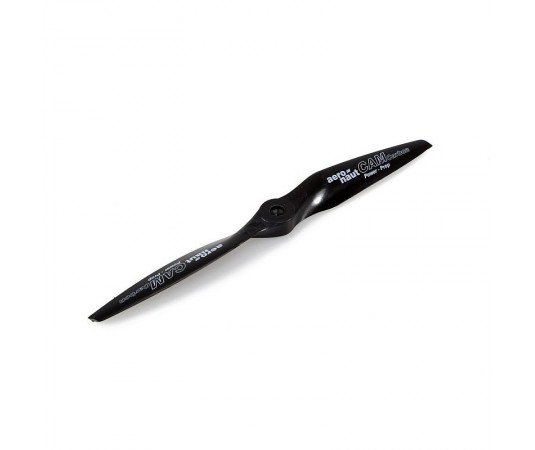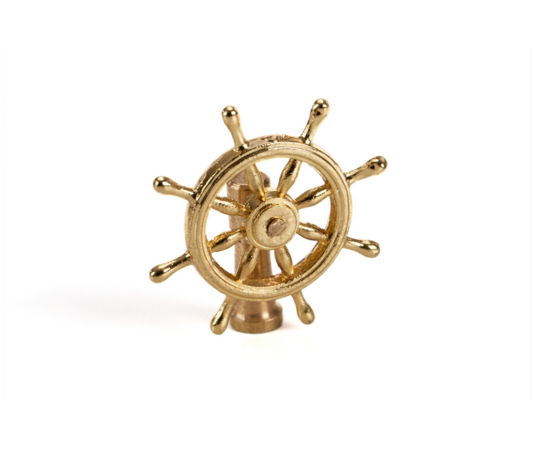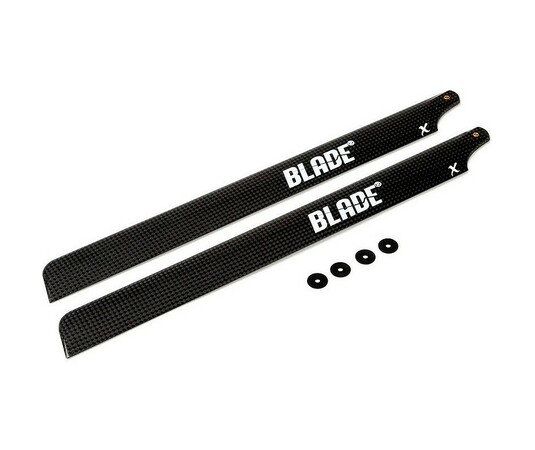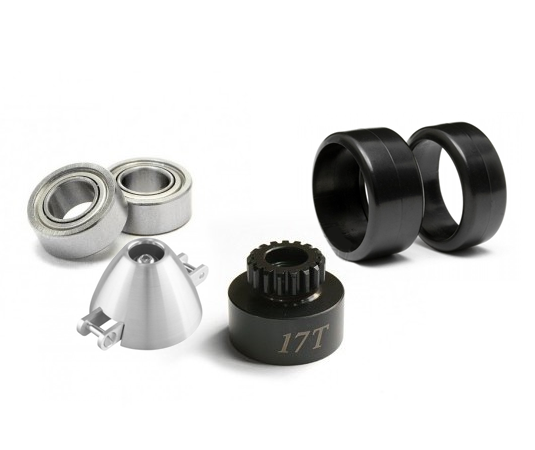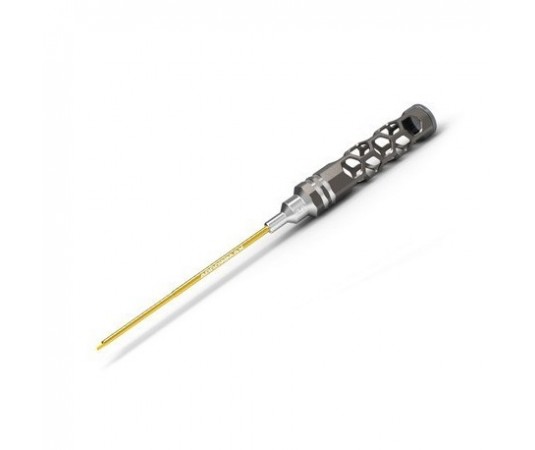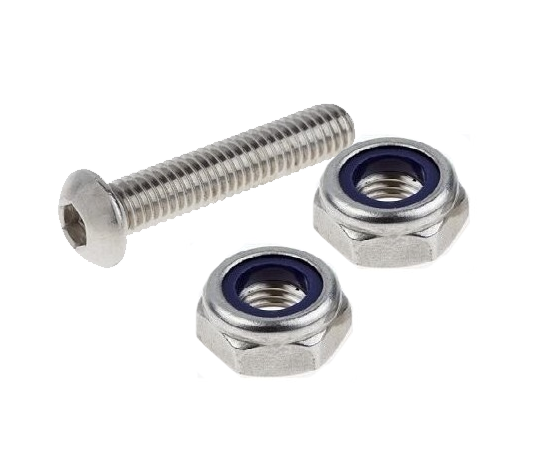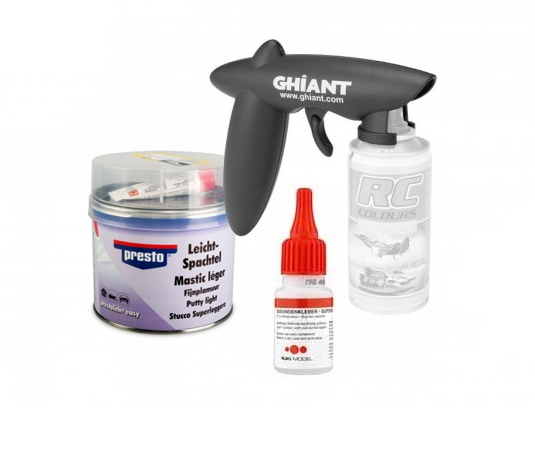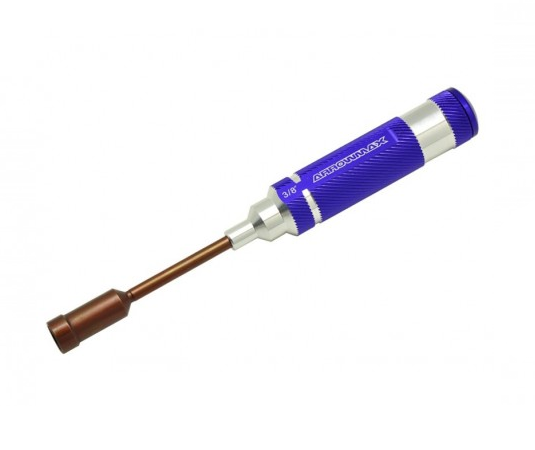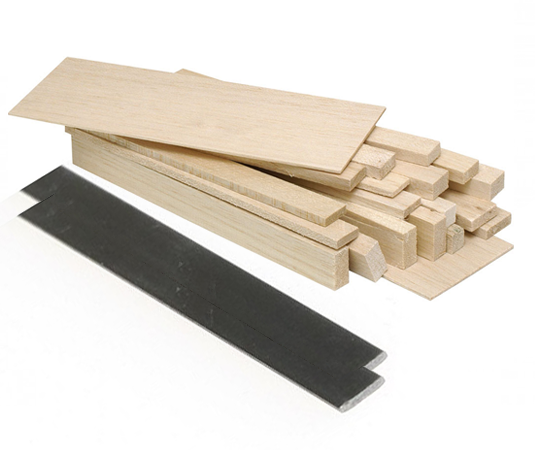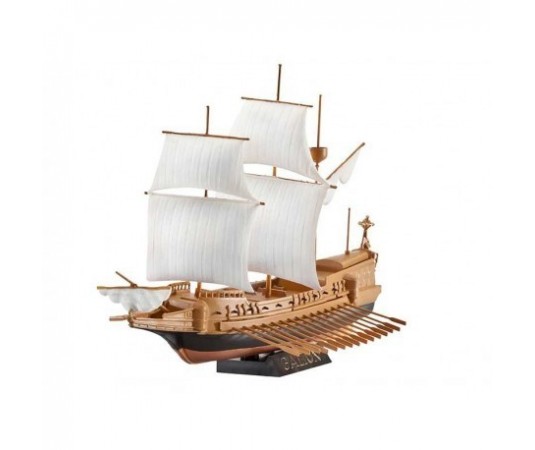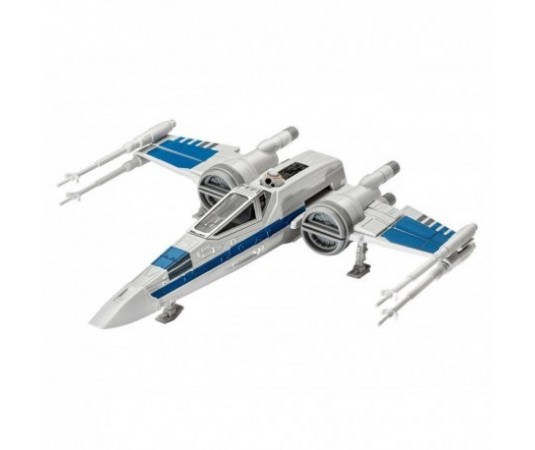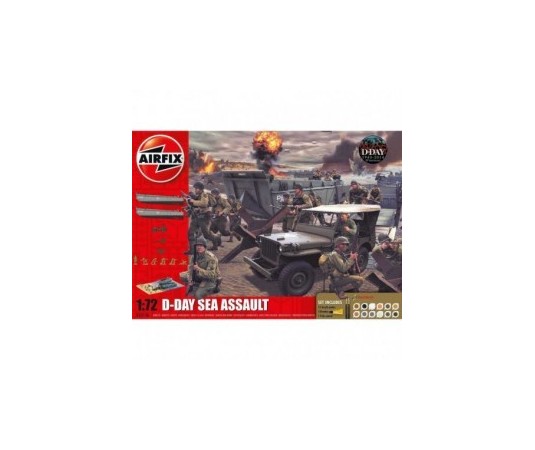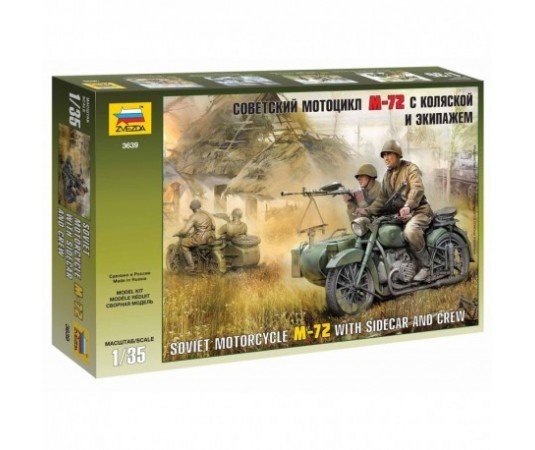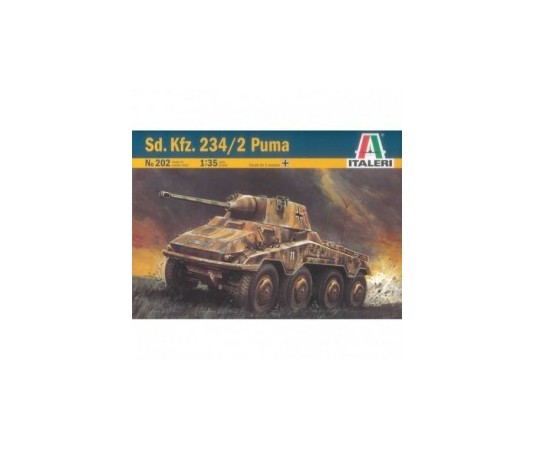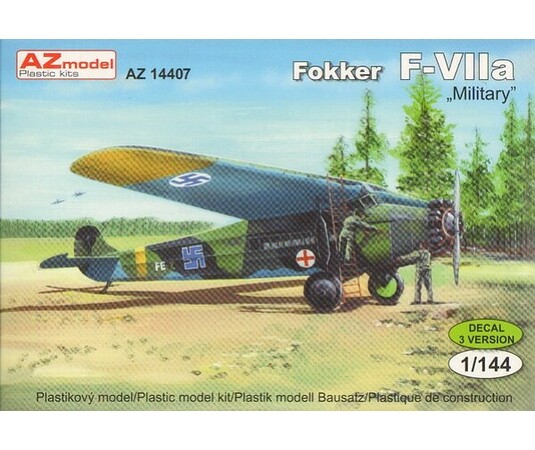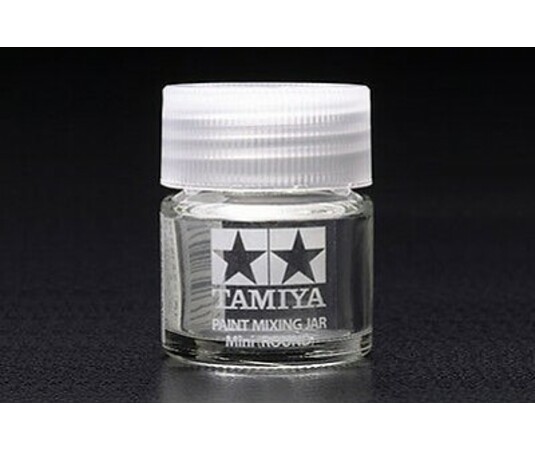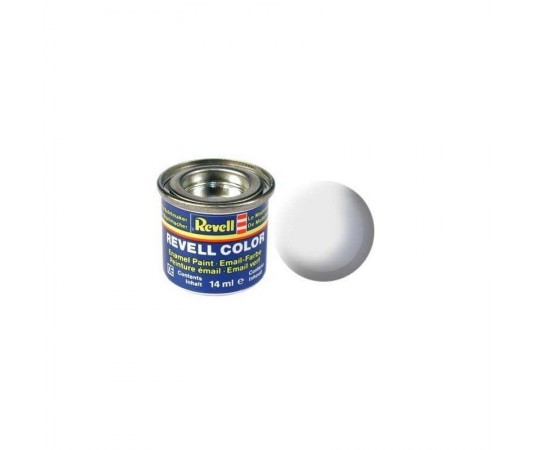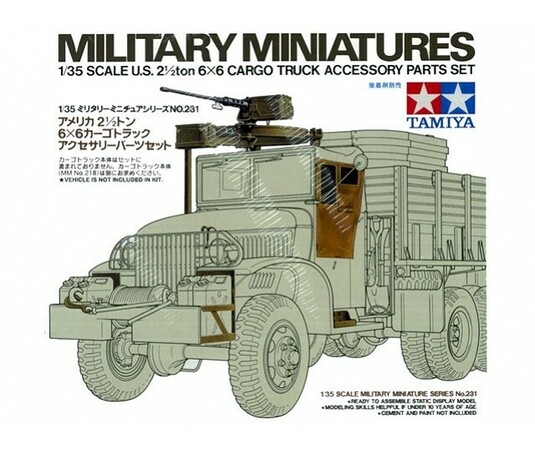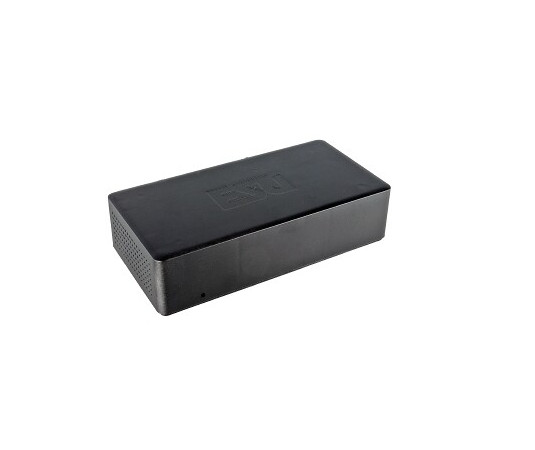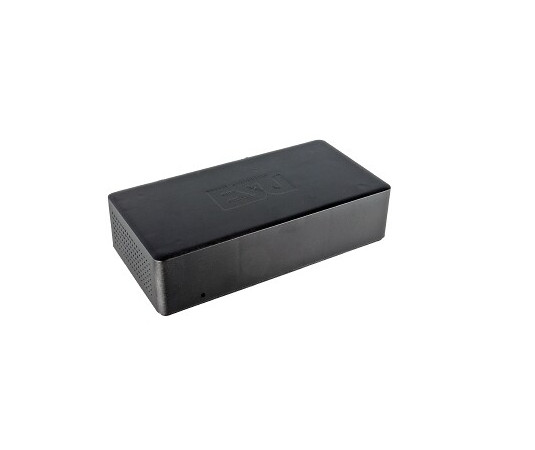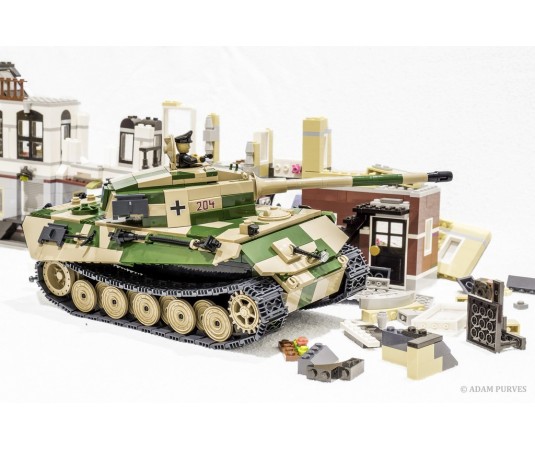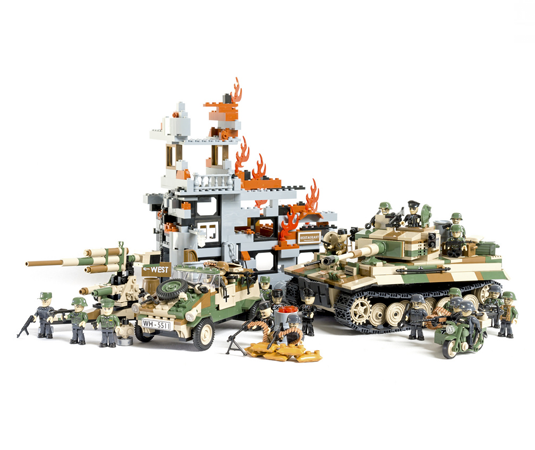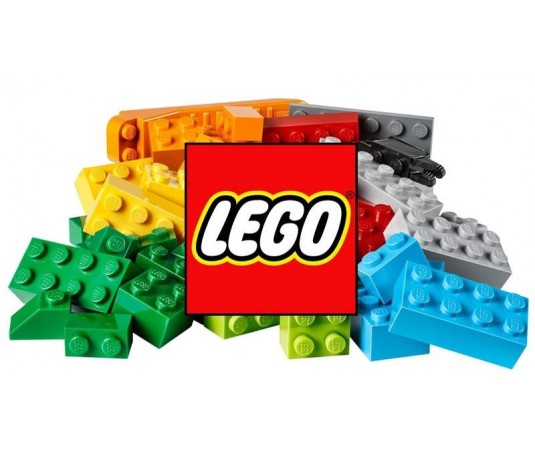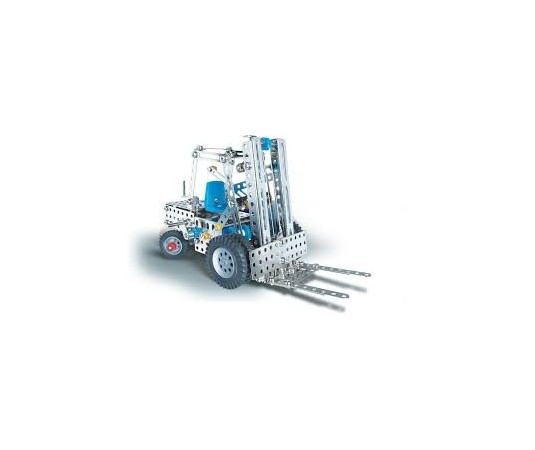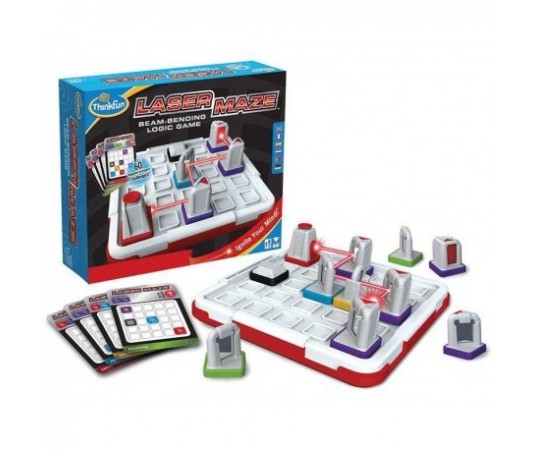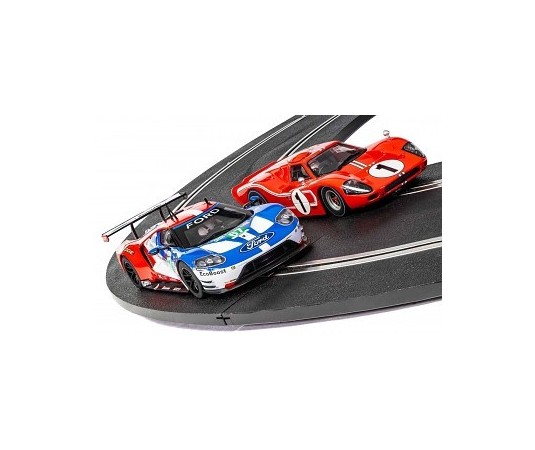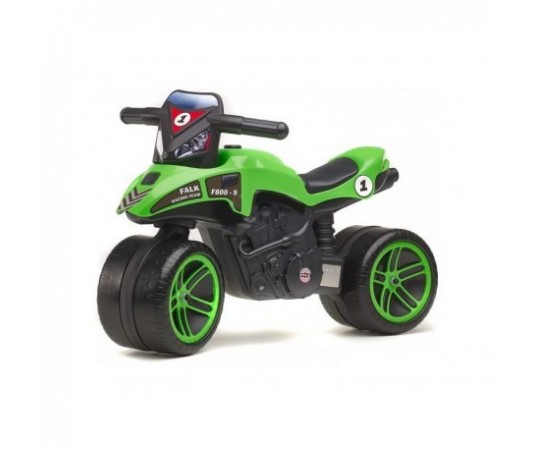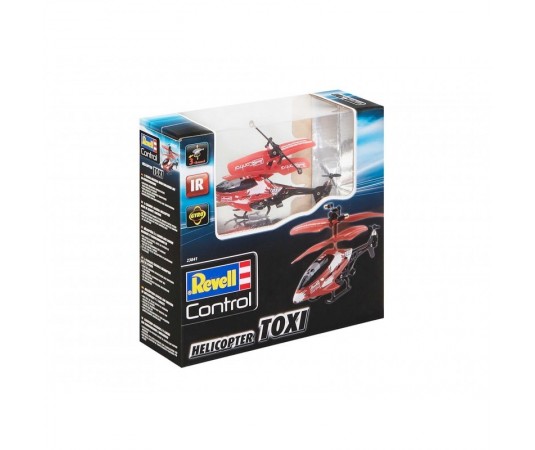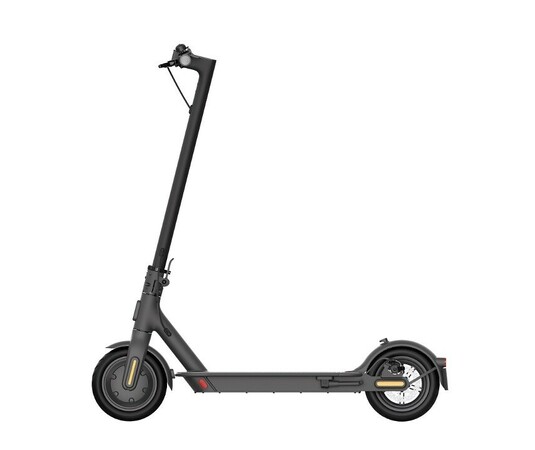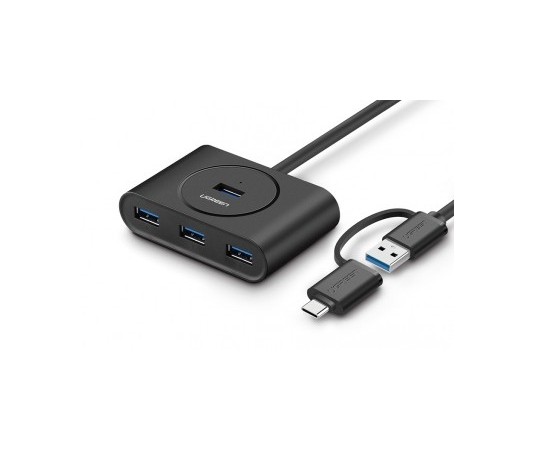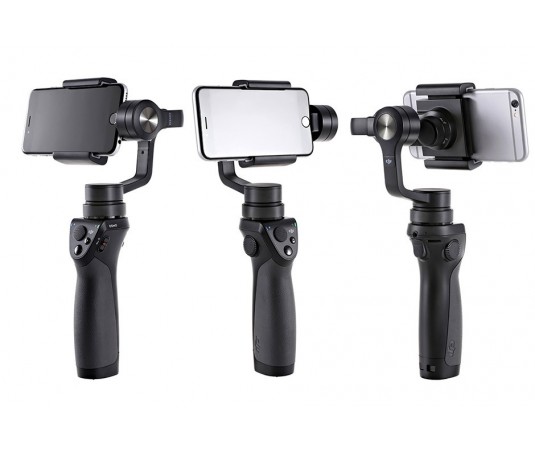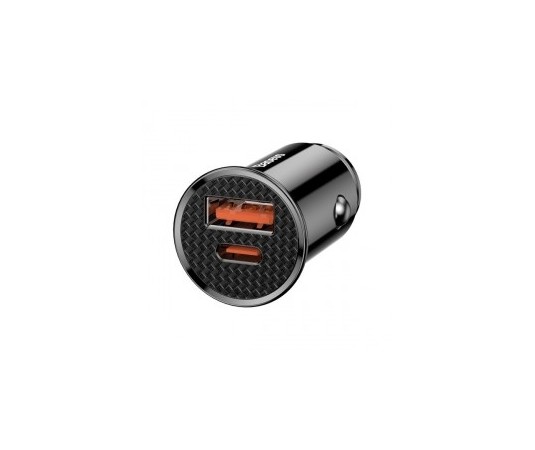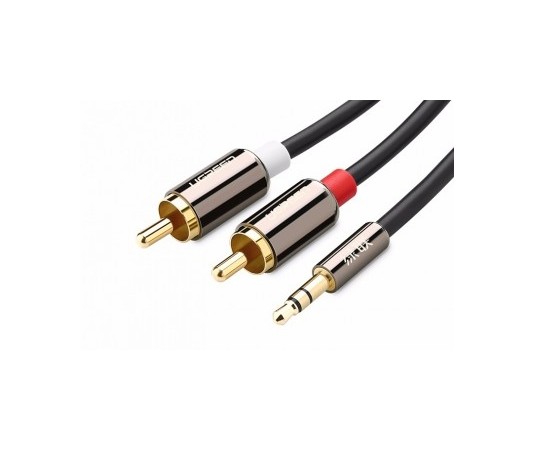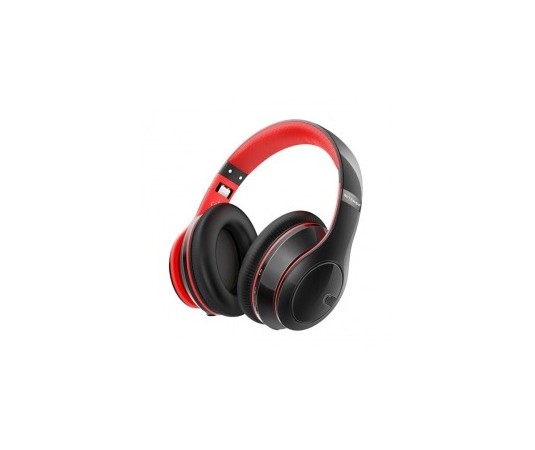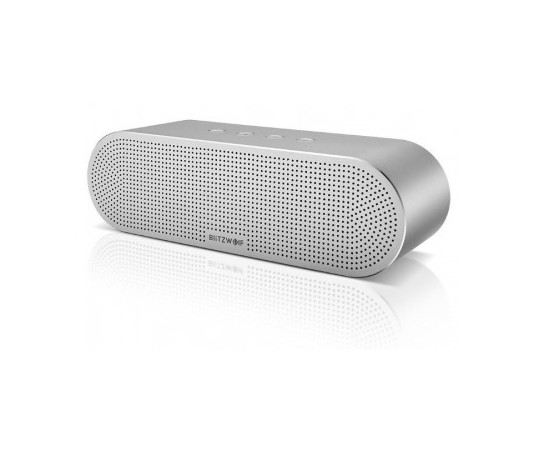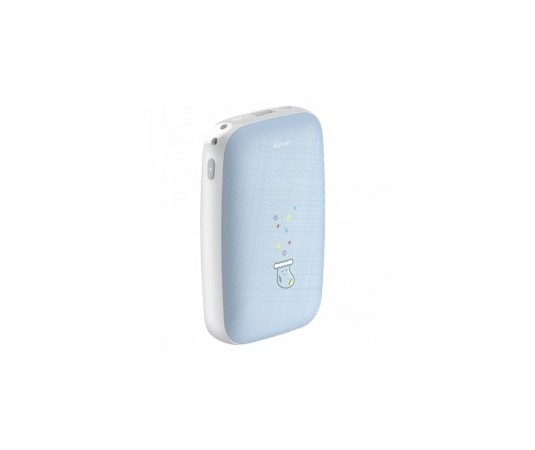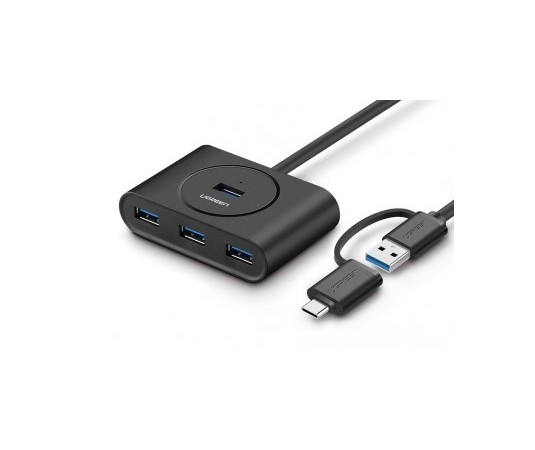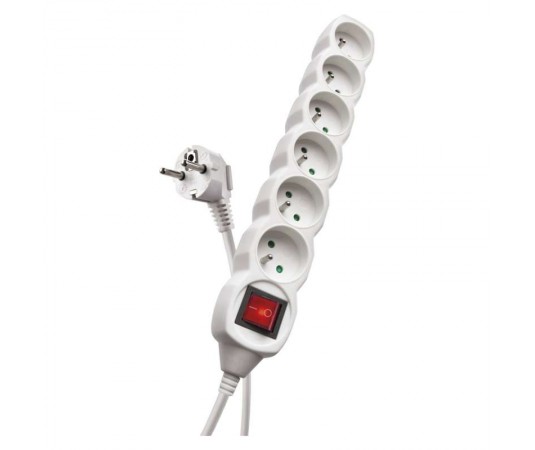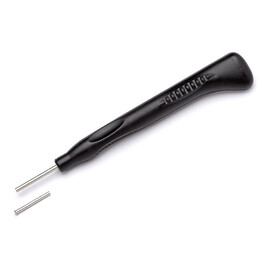Vanguard Models HM Cutter Alert 1777 1:64 kit

Express delivery

Large selection of carriers

Satisfaction guarantee
Package contents
The package contains laser-cut wooden parts, planks, decks, masts, resin accessories, decorations, brass fittings, sails. Detailed pictorial EN manual and building plans.
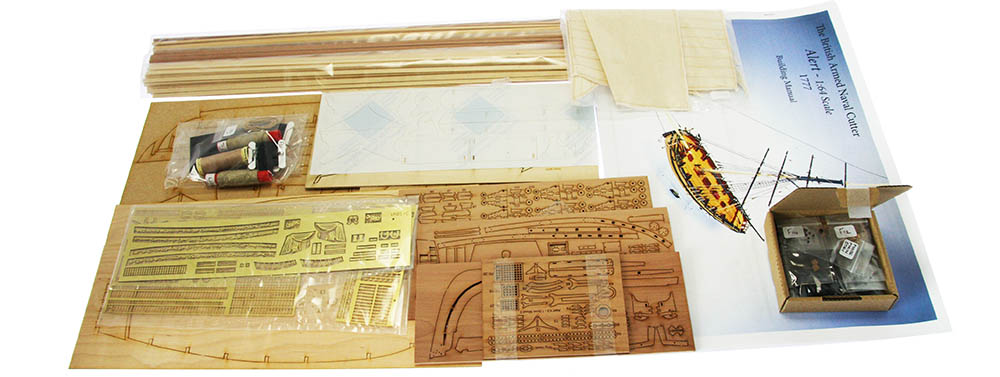
Characteristics
Vanguard Models HM Cutter Alert 1777 ship model kit in 1:64 scale. Construction mainly of wood with minor accessories, laser cut parts, brass fittings. The advantage of the kit is the detailed step-by-step picture manual. The Alert mock-up shows the ship after her conversion with twelve six-pounder guns and a full set of twelve revolving half-pounder guns, giving a total armament of twenty-four guns. The model kit was designed to be as accurate as possible, both in scale and detail. To this end, all fittings, hull and deck were custom made and engineered and no standard parts were used.
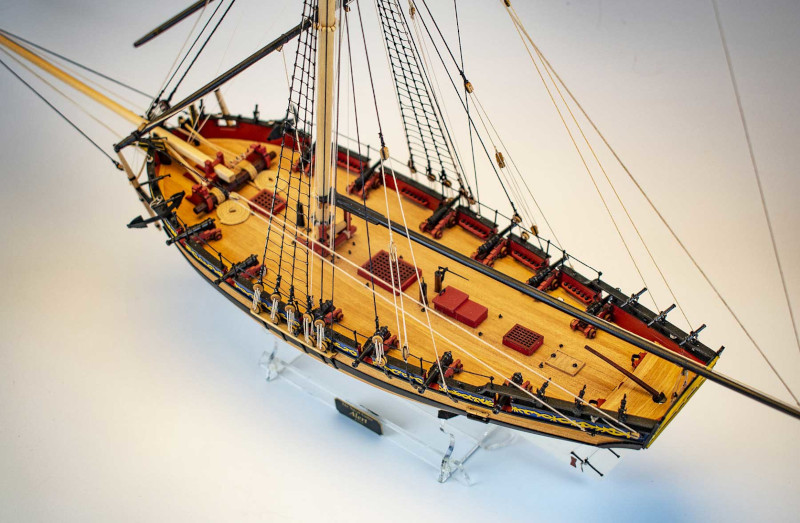
Template information
Built at Dover by Henry Ladd and launched on 24 June 1777, Alert was the largest frigate in the Royal Navy. Originally, the Alert had ten four-pounder gun mounts and six to twelve half-pounder swivel guns. The ship was one of fifteen frigates built for the Royal Navy between 1777 and 1778. Smaller frigates were often built by private yards and then bought by the navy, but Alert was built from the ground up for military purposes.
In February 1778 Alert was docked at Plymouth for an overhaul. Some modifications were made to the hull, the ten four-pounder gun mounts were replaced by twelve six-pounder guns, increasing the weight by 30%. Guns were changed as six pounder bullets became more readily available and of course more effective. Thanks to the improved armament, the crew of the Alert was increased from sixty to eighty men. The re-armed frigate returned to service under a new commander, Lieutenant William George Fairfax. In May 1778, Fairfax was promoted to commander and Alert was reclassified as a sloop to meet Admiralty requirements. On 17 June 1778 Alert, together with the frigate Arethusa, sighted and chased the French frigate Belle Poule and the armed tug Coureur. The latter was overtaken by the ship Alert and capitulated. On July 8 of the same year, Alert was surprised and hijacked by the French frigate Junon during an independent operation in search of the enemy fleet. On December 15, 1779, Alert was lost without a trace.
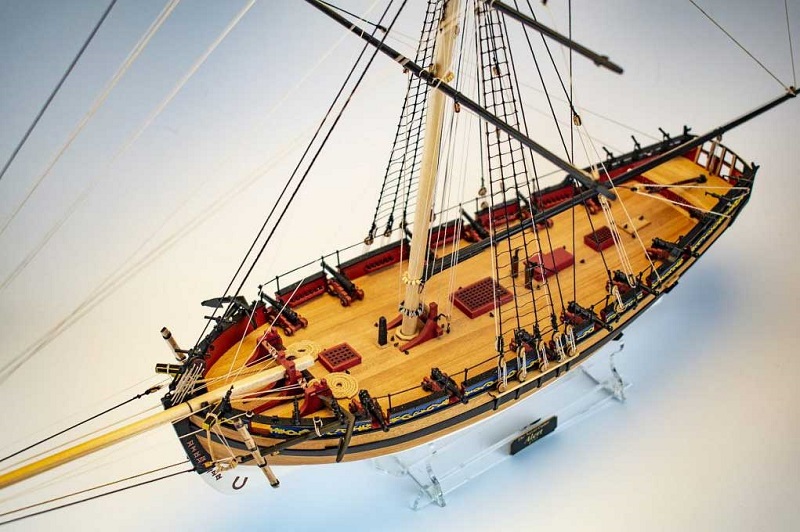
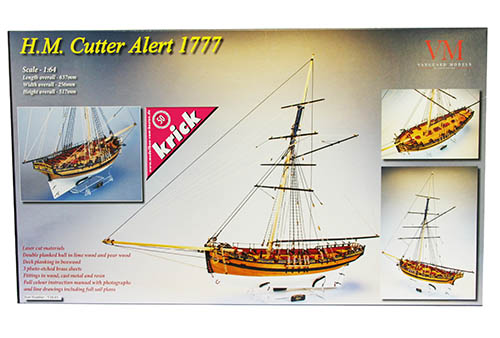
Cover with a photo of the finished model
The stylish box with a photo of the finished model is carefully, tastefully and qualitatively graphically designed and contains the name, technical data and scale of the model.
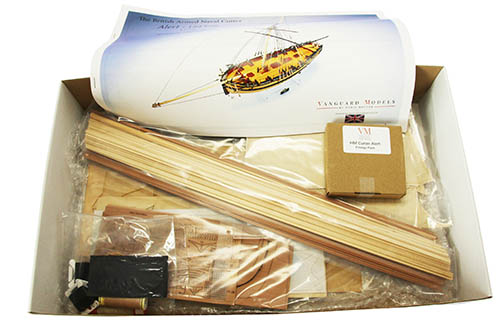
What you will find in the package
After opening the lid of the box, you will find wooden parts of the plywood model, a set of moldings, small parts sealed in bags, a set of drawings and a manual.
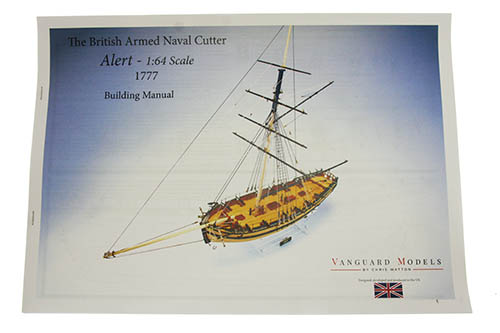
Set of drawings
The set contains a complete set of drawing documentation of the model in a 1:1 scale with images of individual details. The drawing shows to scale the assembly assemblies, their completion, including masts and booms and the method of tying the rigging. The multilingual construction process provides a framework for the logical assembly of individual components.
Properties
- Double planking made of linden and pear wood
- Laser cut materials of pear wood, MDF, 0.8mm plywood for the lower decks and clear acrylic glass for the stand
- 3 sheets of brass photoetched parts
- Basswood staves for masts and booms
- Pear wood panels
- 7 different sizes of ropes in natural and black colors
- 12 black and 12 half-turn resin cannons
- 56 pages of A3 size full-color instructions
- Stand for the finished model
- All other materials and accessories needed to build the model
- Bottom deck made of 0.8 mm birch plywood
- Laser cut pear wood boards with additional etched details on the sides
- Sail for all masts
- Resin anchor
- Laser engraved maple veneer board with a more detailed replica of the planks and nails

History of the brand:
Vanguard Models was founded by well-known model ship designer Chris Watton, who has been responsible for Amati's recent model ship designs, particularly the Victory Models series. Now, as an independent manufacturer, he consistently realizes his ambition for the best possible fidelity to the original and the highest quality of material. He uncompromisingly introduced the production of parts from noble wood with laser engraving, and it is also important for him to produce perfect construction instructions with hundreds of color photos so that the models are a pleasure to build even for inexperienced modelers. The high quality of the material and the well-thought-out design are definitely worth it.
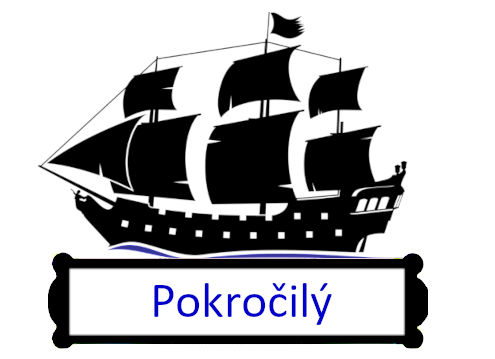
Construction difficulty
Ship models for advanced students require previous experience with building models and mastered techniques of individual technological steps, such as gluing, bending, hemming of sails, etc. It is necessary to orientate yourself in the drawing documentation, individual steps and plan the entire procedure. It is necessary to study any details and it is necessary to take into account that the construction requires a certain degree of creativity and independence, because the instructions do not have to deal with the production of every detail.
The models are extensive and detailed, take a long time to complete and require a lot of finishing work on the parts.
We recommend to buy
Set of sails
To simplify construction and achieve a perfect result, we recommend buying a set of pre-sewn sails for this model.
For construction, we recommend buying tools, glue and paints.
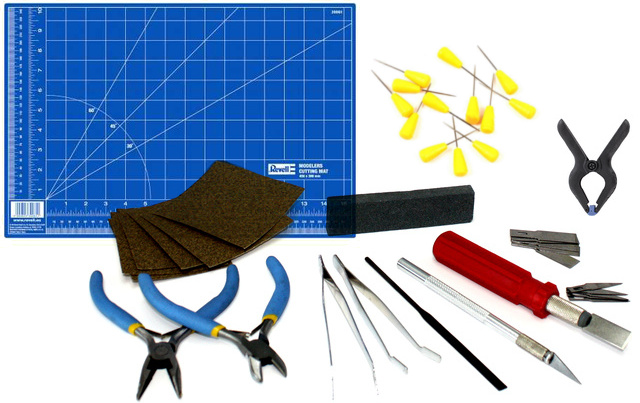
Modeling tools and mat
Building model ships requires the right tools. We recommend an excellent set of Modelcraft tools for ship modelers (set of 12 pieces), or Modelcraft tools for modelers (set of 18 pieces). We also recommend the purchase of nylon clamps and indispensable modeling pins. We recommend a modeling mat for editing, precise cutting, gluing parts and also as table protection.
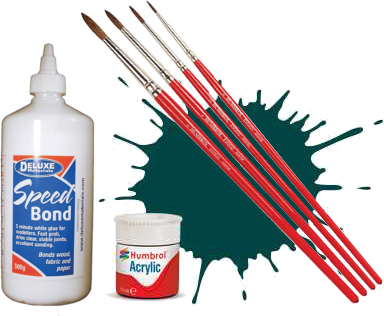
Glue and paint
For gluing, we recommend universal dispersion glue and Robitronic instant glue medium 20ml. We recommend acrylic enamel paints for coloring. Apply colors with quality brushes (flat brushes for surfaces, round brushes for details).
Recommended minimum equipment of a ship modeler:
- Modeling knife or scalpel
- Mini drill
- Drill bits with diameters of 0.5 to 3 mm
- Sanding papers with different grits
- Scissors
- Tweezers
- Clothespins
- Pencil
- Ruler
- Set of needle files
- Sewing machine for sewing a tarp


